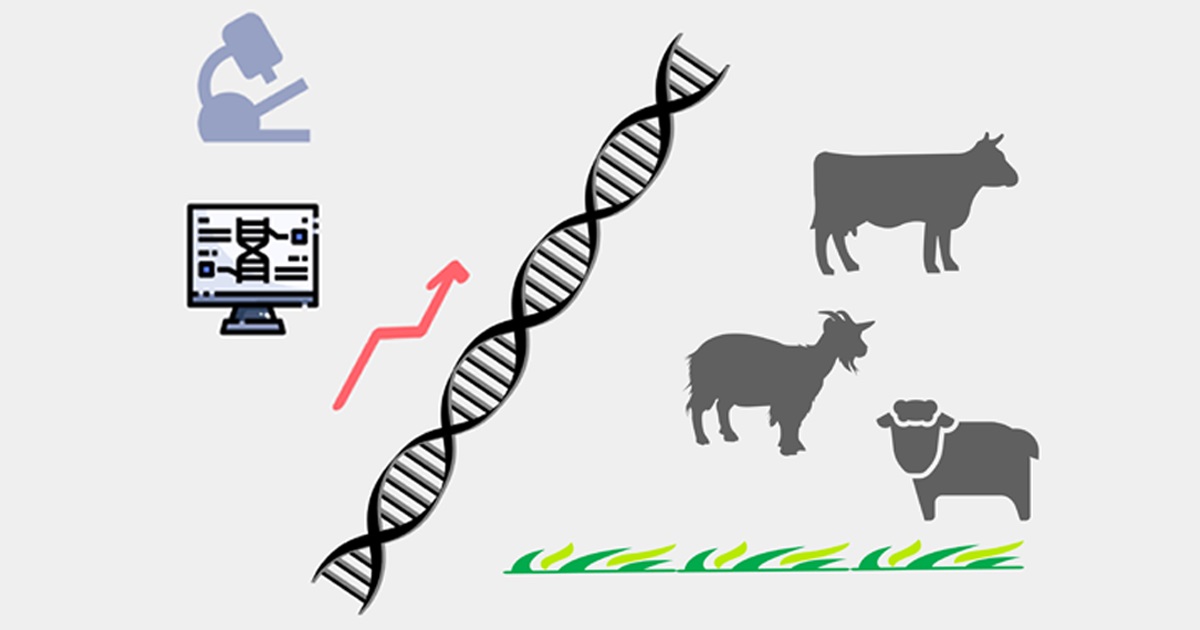Advances in Molecular Genetics and Breeding of Cattle, Sheep, and Goats
Topic Information
Dear Colleagues,
This Topic aims to bring together cutting-edge research and reviews focusing on the molecular mechanisms underlying genetic traits and breeding innovations in ruminants. Rapid advancements in genomic technologies, including next-generation sequencing, CRISPR-Cas genome editing, and transcriptomics, have revolutionized our understanding of genetic diversity and its application in selective breeding programs. This Topic invites original research and comprehensive reviews that delve into genomic selection, functional gene annotation, epigenetics, and the integration of multi-omics data to enhance the productivity, disease resistance, and adaptability of cattle, sheep, and goats. Contributions addressing challenges such as improving genome assembly quality, identifying novel quantitative trait loci (QTLs), and optimizing breeding strategies for sustainable agriculture are highly encouraged. By fostering dialogue and innovation, this collection aims to advance precision breeding and promote sustainable practices in ruminant production systems.
Dr. Xiukai Cao
Dr. Hui Li
Dr. Huitong Zhou
Topic Editors
Keywords
- genomic selection
- GWAS
- breeding strategies
- genomics
- epigenetics
- omics
- genetic variations
- functional genes
- non-coding RNA
